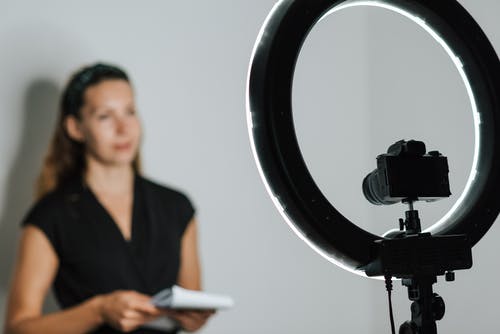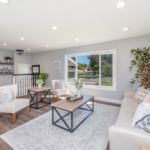There is more to a photoshoot than just pointing and clicking. Besides some good theoretical knowledge of cameras, lighting, and other technicalities, a few things should be kept in mind. Professional photographer Ram Chary gave these tips on how to plan the perfect photoshoot:
1. Decide the purpose
Why are you taking photos? Do you want to promote your business, create a nice book for weddings, or do you need to take photos for social media channels? Whatever it is, describe what outcome needs to be achieved from the shoot and only then plan accordingly. For your business marketing, you should know where the photo should be placed, what sizes are required, etc. You should know how many photos to take at each location and other details if it’s for weddings. If it’s just social media, then only the quality matters.
2. Location – Do your homework well beforehand
Location is one of the most important things in a photoshoot since it plays a major role in deciding the number of shots you will take, what kind of gear you should carry, how much time it will take, and last but not least, its budget. You can either do your research or hire an expert to help you with location scouting.
3. Discuss the details with your team
If you are working alone, then discuss the plan with yourself. If you have a team, then discuss all the details with everyone. Discuss what is required from each member from planning to set up and what type of equipment is needed. If there are any special requests by a team member, a particular lens, or a wireless trigger, make sure they are available before the day of the shoot.
4. Work out the budget
Plan your shoot as per your budget. If you have a limited budget, identify which locations would bring maximum results with minimum effort and cost or vice versa. For example, if you have a very small time slot for a photoshoot, try to maximize its output by shooting in-house or nearby location instead of wasting it in finding a location.
5. Schedule your shoots well in advance
Give ample time for the preparation, especially if you are traveling, then plan everything early to avoid last-minute hassles. Always have a backup equipment list in case something goes wrong with what is being used at the shoot.
6. Get Clearances
Always get the permissions and clearances. Some locations may ask for special permission if you will be shooting with a tripod or any other gear/equipment.
7. Have a Plan B
Be prepared for everything since you never know which guest might show up at the shoot or what weather might bring, so it’s always better to have a Plan B in case things go wrong. You can either prepare a backup equipment list or decide on the backup location in advance where you will shoot if something happens to your main location.
8. Make sure you have enough memory cards and batteries
Ideally, you should carry at least 2 SD cards with different capacities for each camera and one more as a backup. Do the same with batteries, carry three of each and try to charge them fully before leaving for the shoot.


